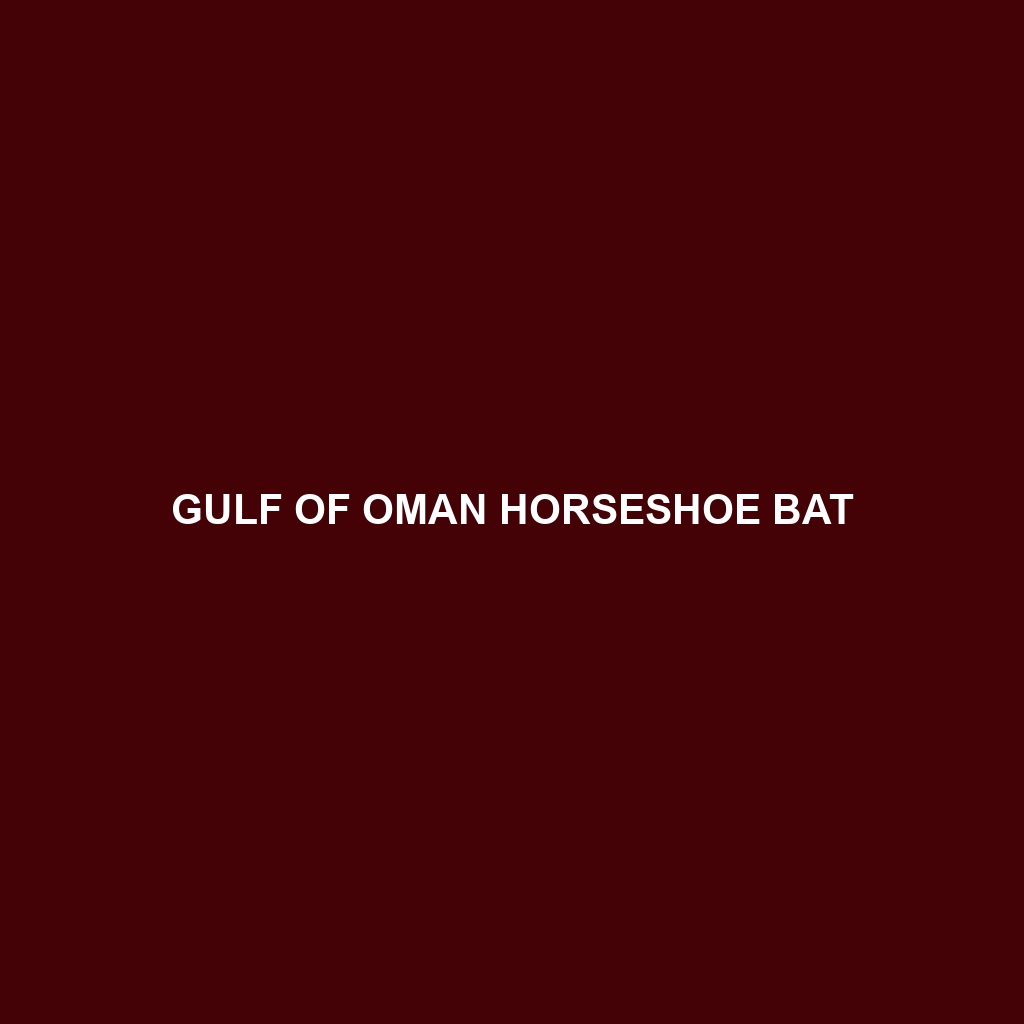Common Name: Vietnamese Brown Horseshoe Bat
Scientific Name:
Habitat:
The Vietnamese Brown Horseshoe Bat is primarily found in Southeast Asia, particularly within Vietnam’s lush tropical forests. This species predominantly inhabits humid environments, including caves and dense foliage. These bats are often located at low to mid-elevation levels, preferring areas with abundant insect populations which provide ample feeding opportunities.
Physical Characteristics:
Adult Vietnamese Brown Horseshoe Bats typically measure about 6 to 12 cm in body length with a wingspan of approximately 30 to 34 cm. Their fur is generally a rich brown color, which provides effective camouflage against the foliage. Distinctive features include large, rounded ears and a horseshoe-shaped noseleaf, which aids in echolocation. These characteristics not only enhance their physical appearance but also assist in their survival.
Behavior:
These bats exhibit nocturnal behavior, emerging during dusk to forage for food. They are known for their intricate social structures, often roosting in large colonies within cave systems. The Vietnamese Brown Horseshoe Bat utilizes echolocation to navigate and hunt for insects, facilitating agile maneuvers through dense habitats. Their social interactions, including vocalizations and grooming, provide insight into their community dynamics.
Diet:
The diet of the Vietnamese Brown Horseshoe Bat mainly consists of insects, including moths, beetles, and flies. Their foraging strategies often involve extensive aerial acrobatics to capture prey mid-flight. This insectivorous diet plays a crucial role in controlling pest populations, making them significant contributors to their ecosystems.
Reproduction:
Reproduction in Vietnamese Brown Horseshoe Bats typically occurs during the warmer months, from April to July. Females give birth to one or two pups after a gestation period of about 60 to 70 days. Maternal care is pronounced, with mothers forming crèches to protect and nurture their young while foraging for food. This cooperative breeding behavior enhances the survival rates of offspring.
Conservation Status:
As of the latest assessments, the Vietnamese Brown Horseshoe Bat is classified as vulnerable due to habitat destruction and degradation, primarily from deforestation and human encroachment. Conservation efforts are underway to protect their natural habitats and mitigate the threats posed by human activities.
Interesting Facts:
One fascinating aspect of the Vietnamese Brown Horseshoe Bat is its ability to form large colonies that can number in the thousands. These bats play a vital role in pollination and seed dispersal, contributing significantly to the health of their ecosystems. Additionally, they are critical indicators of environmental health, as their populations reflect the impacts of habitat quality and changes.
Role in Ecosystem:
The Vietnamese Brown Horseshoe Bat plays an essential role in the ecosystem as both a predator and prey. By feeding on numerous insect species, they help maintain ecological balance and reduce crop damage caused by pests. Furthermore, they serve as food sources for various predators, including larger mammals and birds of prey, highlighting their integral place in the food web.
